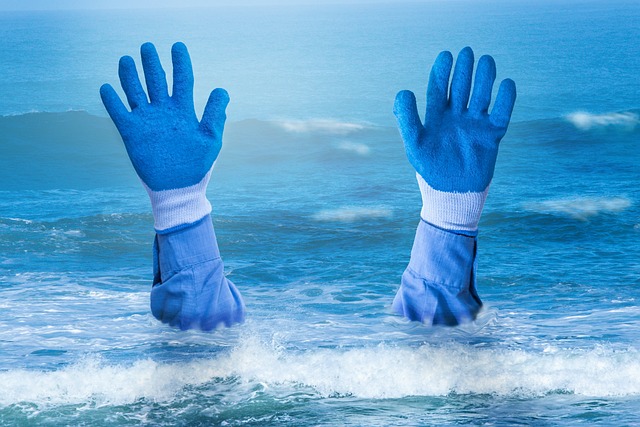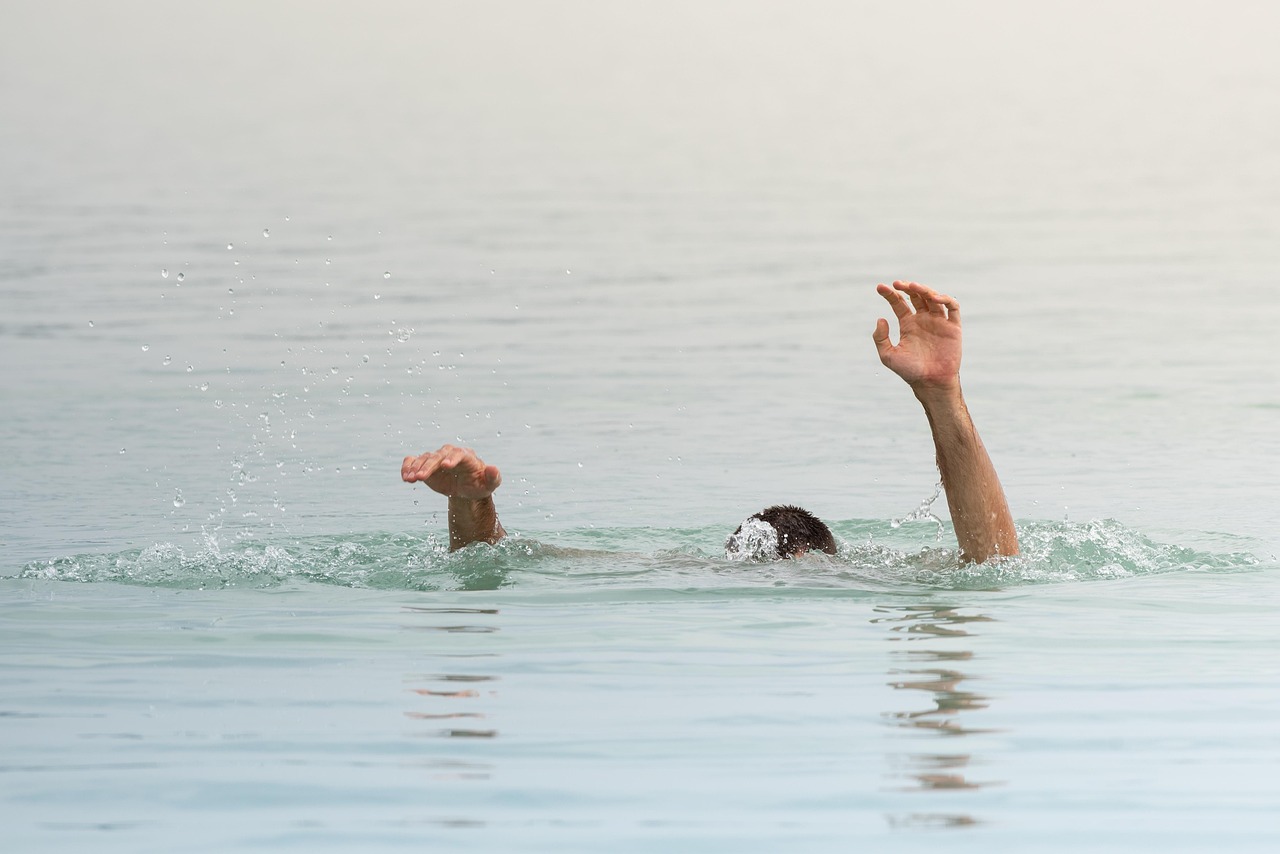Drowning accidents are tragic events that can change lives in an instant. Whether it occurs at a public pool, a beach, or even a private residence, the impact is profound and often devastating. Families find themselves grappling with unforeseen grief while trying to make sense of what happened. In such challenging times, understanding how these incidents occur is crucial. A Drowning Accident Lawyer plays a vital role in uncovering the truth behind drowning accidents. They investigate every detail meticulously to hold responsible parties accountable for their actions. When negligence leads to loss, having someone on your side who understands the legal landscape can provide hope and support during difficult moments. Let’s explore how these dedicated professionals carry out their investigations into drowning accidents and work towards justice for victims and their families.
Steps Involved in Investigating a Drowning Accident
Investigating a drowning accident is a meticulous process. It begins with collecting all available information about the incident. This includes gathering reports from emergency responders and local authorities. Next, the personal injury lawyer will look into environmental conditions at the time of the accident. Factors like water temperature, visibility, and weather can play significant roles in drowning cases. Witness statements are crucial as well. The lawyer interviews those present during the event to gather different perspectives on what occurred. Another important step involves examining safety protocols. Were there lifeguards on duty? Were safety measures followed? These details help establish whether negligence played a role in the tragedy.
Gathering Evidence and Witness Testimonies
In any drowning accident investigation, gathering evidence is crucial. This process often begins at the scene of the incident. A personal injury lawyer meticulously collects physical evidence that may shed light on what transpired. Photographs of the location can reveal potential hazards or unsafe conditions. Items such as lifebuoys, signage, and even water conditions play a significant role in understanding liability. Witness testimonies are equally vital. Eyewitness accounts can provide insights into the moments leading up to the tragedy. These statements help paint a clearer picture of events. A skilled lawyer knows how to approach witnesses delicately yet effectively. Their experience allows them to extract valuable information without causing additional distress for those involved. Every detail counts in these investigations, and having strong evidence combined with reliable testimonies lays a solid foundation for establishing responsibility.

Working with Experts to Determine Liability
When investigating a drowning accident, collaborating with experts is crucial. These professionals provide insights that can clarify complex circumstances surrounding the case. Forensic experts play a key role in analyzing physical evidence. They can reconstruct events leading up to the incident, helping to identify any potential safety violations or equipment failures. Their findings often illuminate critical factors that contributed to the tragedy. Additionally, marine specialists may offer valuable perspectives on water conditions and environmental hazards. Understanding these elements helps establish whether proper precautions were taken by property owners or lifeguards. Medical professionals also contribute significantly by assessing injuries sustained during the drowning event. Their evaluations help determine if negligence played a part in exacerbating those injuries or contributing to fatalities. Each expert’s report strengthens the lawyer’s case, creating a comprehensive picture of liability while ensuring that justice is pursued effectively for victims and their families.
Holding Negligent Parties Accountable for Their Actions
Accountability is crucial in drowning accident cases. When negligence causes tragedy, it’s essential to pursue justice for victims and their families. A personal injury lawyer plays a pivotal role here. They gather evidence that shows how a party’s careless actions led to the incident. This can involve scrutinizing safety measures at pools or assessing whether lifeguards were present and vigilant. Engaging with witnesses adds another layer of clarity. Their testimonies can reveal facts about conditions leading up to the drowning, enhancing the case against those responsible. Negotiating settlements is often part of holding parties accountable. A skilled lawyer knows how to leverage findings from investigations and expert opinions during these discussions.
Conclusion
Drowning accidents can be devastating, leaving families with emotional and financial burdens. A personal injury lawyer plays a crucial role in navigating the complexities of these tragic events. Their expertise ensures that the investigation is thorough. Understanding how lawyers approach drowning accident investigations sheds light on the importance of legal support during such trying times. Families deserve answers and accountability, paving the way for healing and resolution after unimaginable loss.




